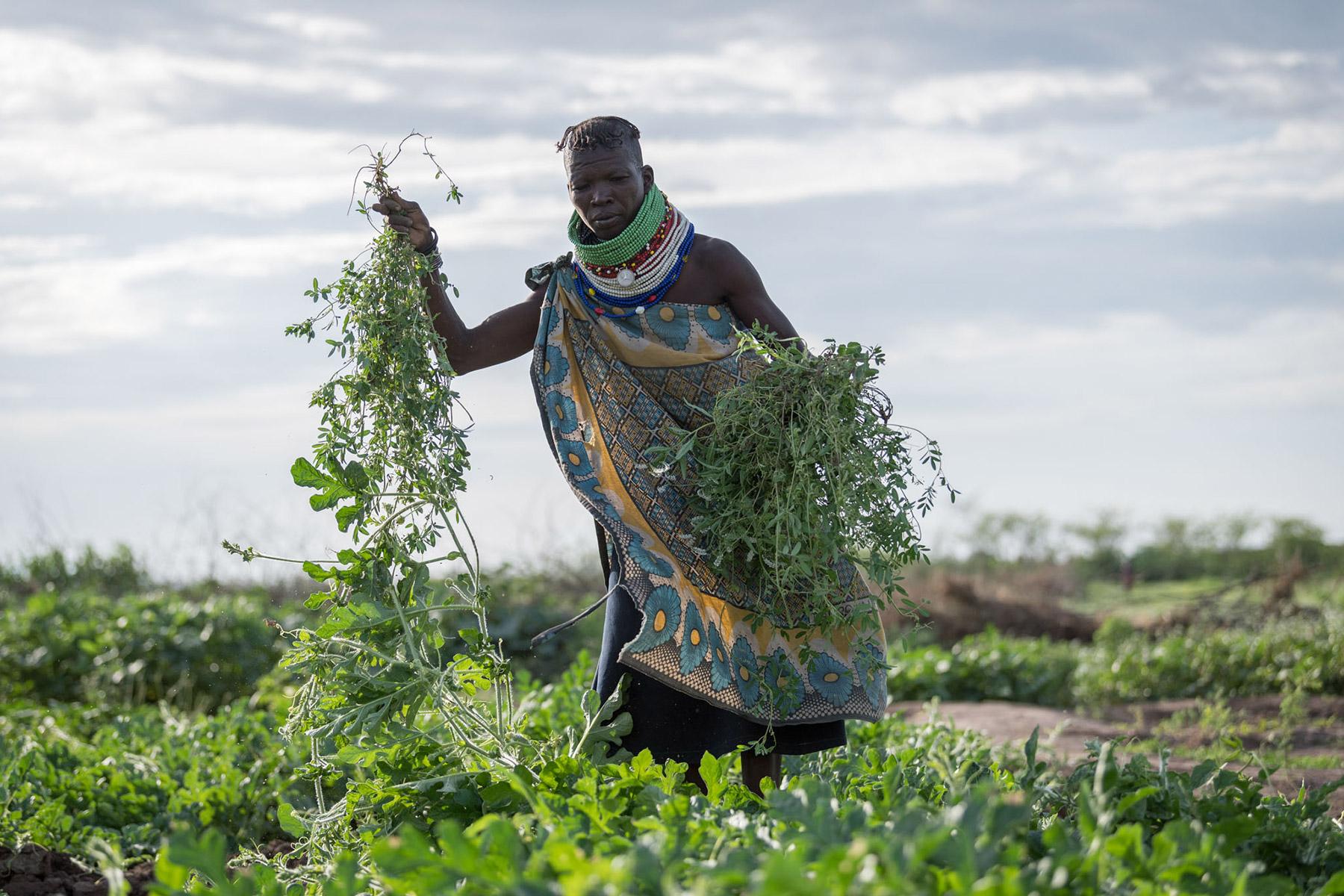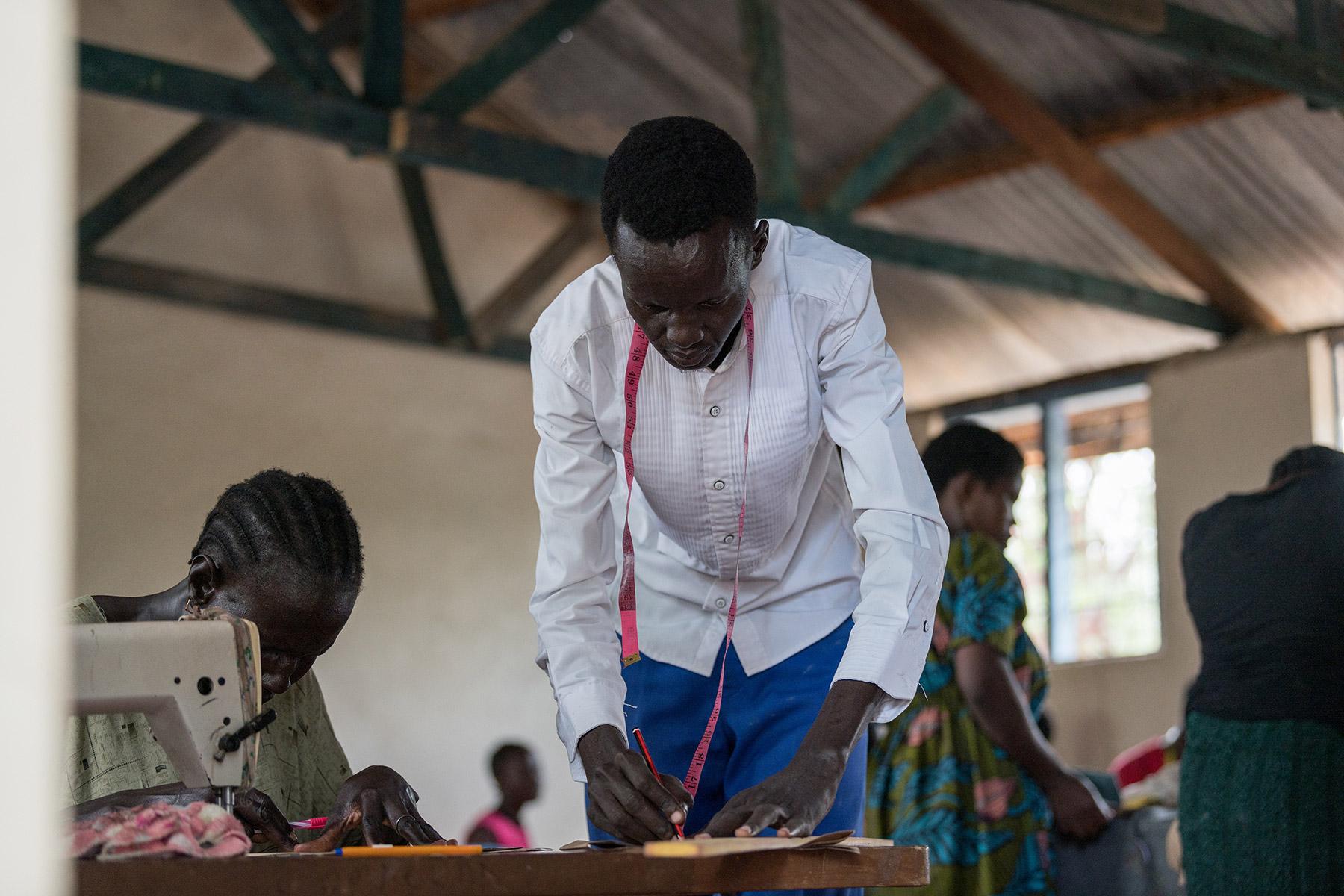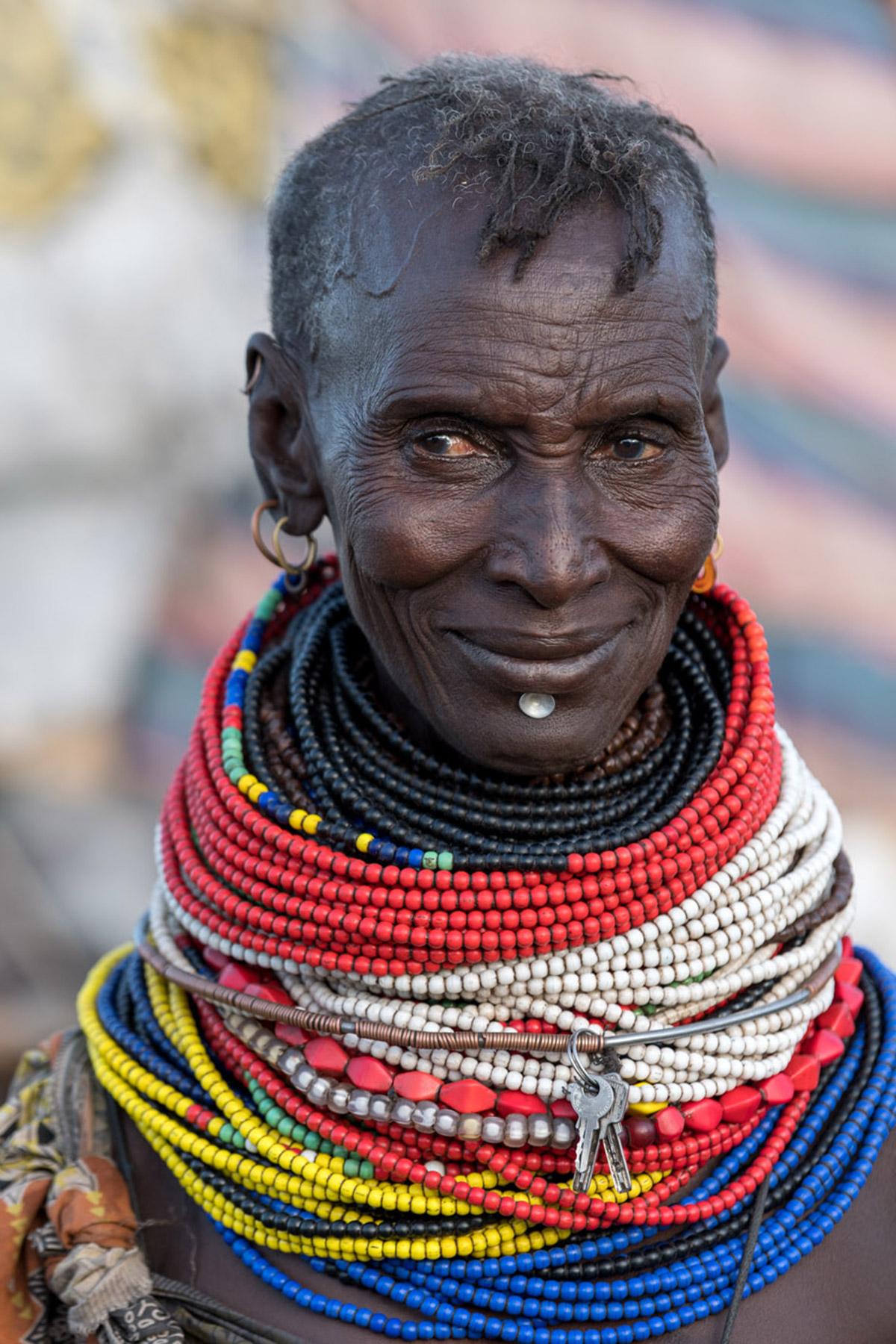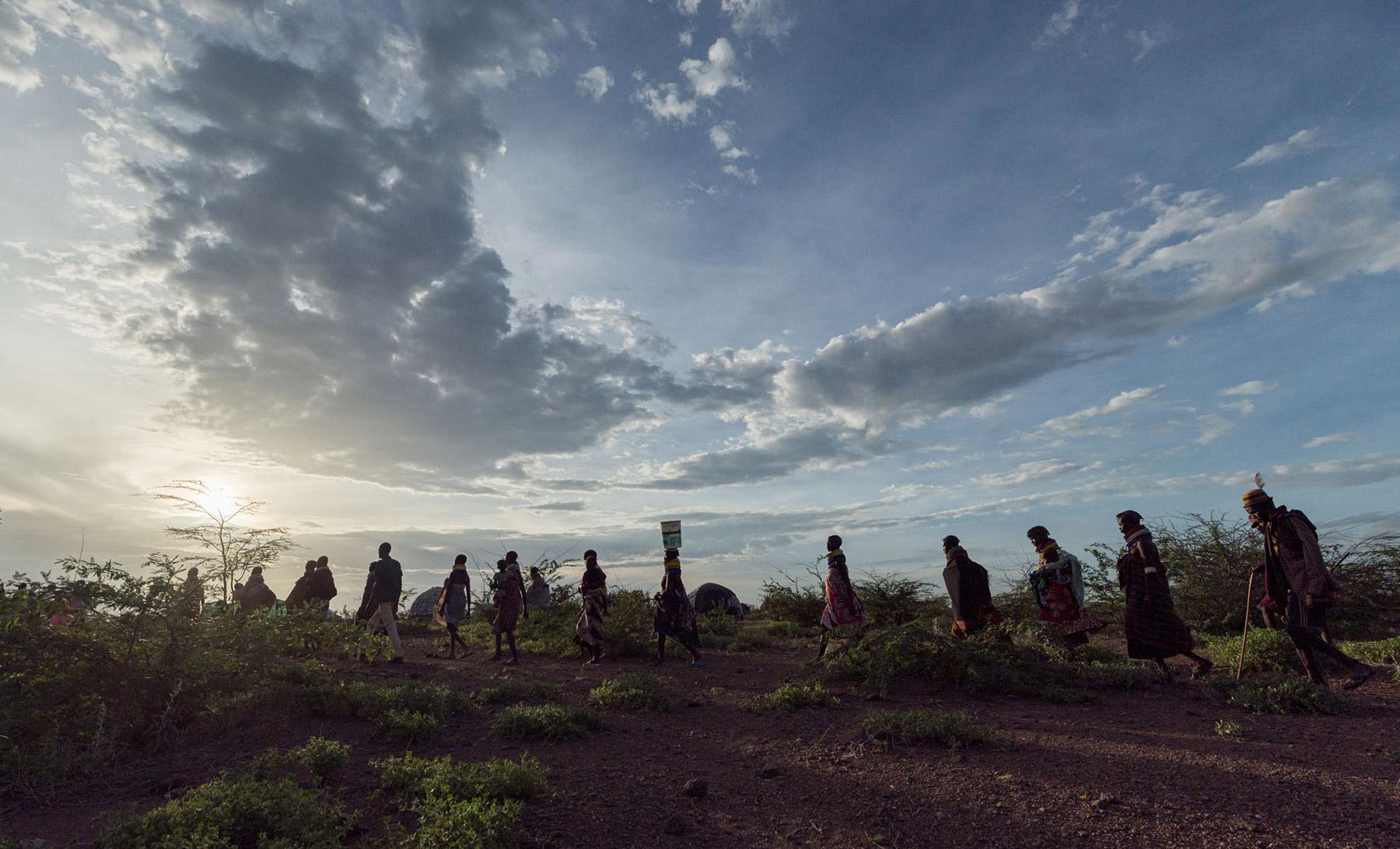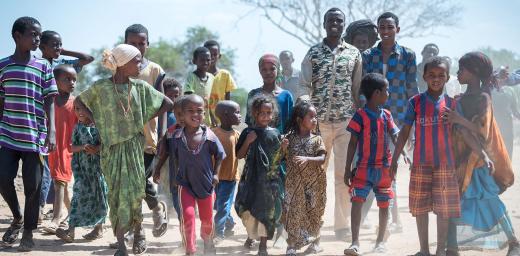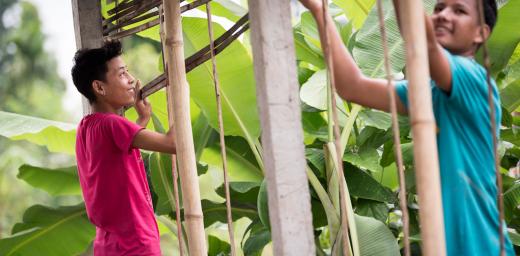World Refugee Day 2023 celebrates “Hope away from home”
(LWI) - 110 million people who were forced to leave their homes because of conflict and natural disaster: This is the sad record of worldwide displacement numbers announced by the UN refugee agency UNHCR on the occasion of World Refugee Day 2022. As many conflicts turn into protracted crises, this year’s theme is “Hope away from home. A world where refugees are always included.”
Livelihoods work is an important part of The Lutheran World Federation’s (LWF) work with refugees and host communities in many countries.
LWF is the longest serving and biggest implementing partner for UNHCR in Kakuma refugee camp, Kenya. Kakuma has become a home to more than 200,000 people from various countries. LWF provides education, vocational training and livelihood support.
In the refugee camp here, we have food shortages and poor livelihoods, so I see this as a way for me to become self-employed and able to sustain a family.
– Bona BOL, tailor-in-training, Kakuma refugee camp
Hard working refugees aim at vocational certificates, business
For Bona Bol – a 28-year-old refugee from South Sudan – the way that the LWF engages in building the capacity of the refugees towards self-reliance, is making a direct impact.
Bol participates in an LWF vocational training programme entitled Bidii (‘hard working’) and is in his fourth month towards becoming a tailor. Upon completion of the training, he and his fellow students will try for a national certificate allowing them to start a business.
“In the refugee camp here, we have food shortages and poor livelihoods, so I see this as a way for me to become self-employed and able to sustain a family,” Bol says.


